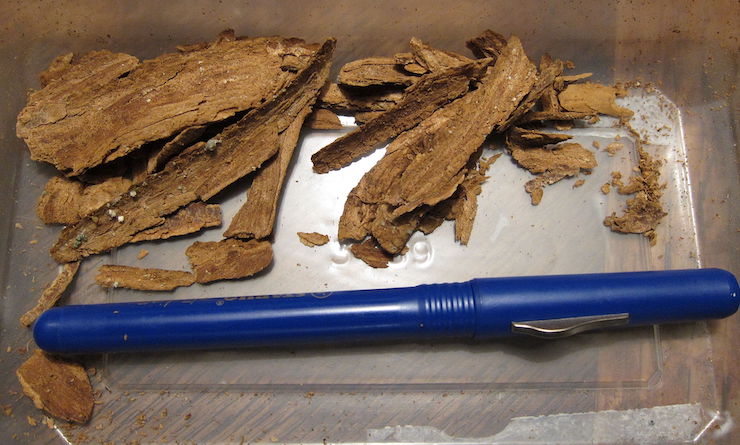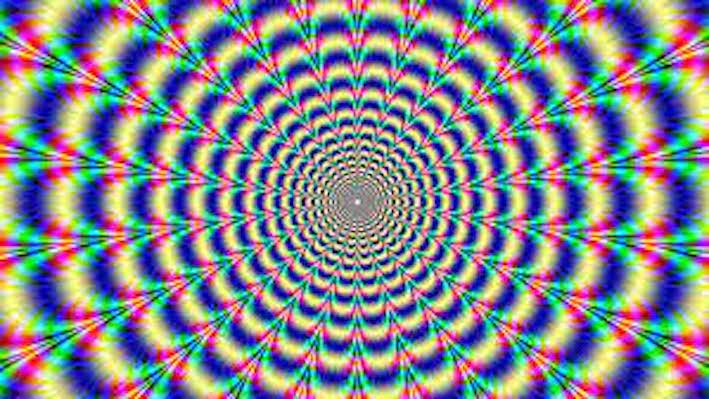That darkstar drug? It’s called ibogaine.
Dubbed the “anti-drug” by scientists and users alike, ibogaine has made headlines for its 99% success in drug rehab programs. Maybe you’ve heard of it, maybe not. After all, the use of ibogaine is legal only in Mexican clinics, and a few other places like South Africa, Brazil, and New Zealand. Ibogaine drug rehab is pretty pricey — costing from $5,000 to $10,000 dollars when taken with a licensed professional — which is the ONLY way it should be taken (more on this later).
Now, if ibogaine is so darn effective and potent for drug rehab, then why is it still illegal in the US and other countries dealing with the opioid crisis? The simple reason: ibogaine is hallucinogenic. This is why in the US, the drug is categorised as a Schedule 1 controlled substance, a drug “with no medical value”. Or so they say…
But what if scientists could take out the hallucinogenic parts of ibogaine, leaving only its potential for drug rehab? Will the “anti-drug” finally be decriminalized in the States?
Let’s find out!
Artificial Ibogaine
Ibogaine comes from the roots of a plant called Tabernanthe iboga, which has hallucinogenic properties. However, as a psychedelic drug, ibogaine is rarely used for fun, but as a solid way to treat addiction to opiates and alcohol, among others.

Like other psychedelic compounds, the effects of ibogaine are long-lasting. Scientists have linked this to ibogaine’s ability to “rewire” brain patterns related to addiction… but this can only happen in the middle of “paralysis mode”.
Luckily for those who would benefit from ibogaine treatment, it may soon be possible to skip the paralysis bit. A no-trip version of ibogaine has been made by researchers at the UC Davis Department of Chemistry, as published in Nature on Dec. 9.
David Olson, assistant professor of Chemistry at UC Davis and senior author of the paper, said:
“Psychedelics are some of the most powerful drugs we know of that affect the brain. It’s unbelievable how little we know about them.”
Olson’s lab at UC Davis, which is one of a few licensed to handle Schedule 1 substances, created an analog (or close copy) of ibogaine that kept its anti-addiction properties, while erasing its hallucinogenic effects.
After swapping out parts of the ibogaine molecule with a host of similar compounds (a sort of Frankenstein’s monster of a molecule), Olson’s lab ended up with a new, artificial molecule called TBG, or tabernanthalog.
Less Toxic Than Ibogaine?
At this point, we must tell you that ibogaine has other side effects which come with its anti-addiction potential. First, ibogaine can trigger heart attacks. Second, it’s also highly toxic — causing a lot of deaths due to lack of, or improper supervision.
The UC Davis study tried TBG on cell cultures and zebrafish, and discovered that TBG was far less toxic than ibogaine. Phew!
They also tested on rat nerve cells, where TBG sped up the growth of new dendrites (branches) – which is quite similar, actually, to how LSD and DMT trigger new brain cells.
No More Opiate Relapses
Speaking of rats, TBG showed a crazy amount of potential for curbing addiction and depression in rodent models. For example, mice which were trained to drink liquor became “sober” after just one dose of TBG.
Other mice were taught to press a lever for a heroin dose whenever a light flashed with a tone. As the opiate is removed, the rats got signs of withdrawal — which led to them pressing the lever once more. But after TBG, the rats’ relapse took longer to resurface, if at all!

“A Drug That People Keep in Their Medicine Cabinet”
Real ibogaine is not water-soluble, and requires a lot of stages just to kick in your system. TBG, on the other hand, skips all these steps for a near-instant effect. It’s a crucial thing to consider if psychedelic meds truly want to become an alternative to Big Pharma. As Olson said:
“We need a drug that people can keep in their medicine cabinet, and this is a significant step in that direction.”
Now we know that TBG can achieve the same goals as ibogaine, when it comes to rewiring addictions. But can TBG also treat a host of other conditions, such as depression, anxiety, and PTSD?
Why not, Olson says:
“We’ve been focused on treating one psychiatric disease at a time, but we know that these illnesses overlap. It might be possible to treat multiple diseases with the same drug.”
Psychedelic therapies are enjoying a comeback, a 21st century version of the 60’s hippie revolution. But unlike our forbearers, we cannot take patients on trips one by one. It eats up precious time and money — not to mention close medical supervision. Not a viable option if real changes want to be made in treating a vast number of debilitating conditions.
Strictly For Healing
Although ibogaine is counted as a ‘psychedelic drug’, it is not a recreational one. It’s true, some psychedelics such as psilocybin can be used both therapeutically and recreationally —but — ibogaine sits in the ‘strictly for healing’ category. However, as research continues into the benefits of all kinds of psychedelics, their individual progresses will aid each other in the quest for legalisation and visibility.
So what do you think? Will ibogaine be the next drug to be decriminalized now that it has a non-trippy variant?
Share your thoughts down below!
P.S. For a deeper, more complete dive into ibogaine (and its bonkers history), check out this article.





